Sheldrick Elephant Orphanage
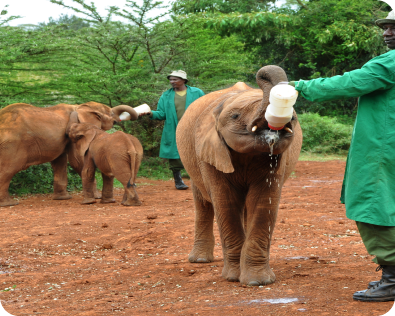
The Sheldrick Elephant Orphanage is located in Nairobi. The main objective of the Sheldrick Elephant Orphanage is to rescue and rehabilitate orphaned elephant calves and later reintegrate them into the wild. The orphanage also provides veterinary care to injured and sick elephants, as well as other wildlife species. The orphanage offers a unique opportunity for visitors to observe the orphaned elephants during their daily feeding and mud bath sessions. These visits allow visitors to learn about the challenges facing elephants in the wild and the conservation efforts being undertaken to protect them. The orphanage holds a public visiting hour every day from 11 AM to noon and advanced booking is required. The trust also runs an adoption program that allows individuals to foster an orphaned elephant or rhino. By symbolically adopting an orphan, supporters contribute to the ongoing care, feeding, and rehabilitation efforts. In return, they receive updates and exclusive access to information about their adopted animal.
The Great Migration

The Great Migration, often referred to as the “Wildebeest Migration,” is one of the most spectacular wildlife phenomena in the world, occurring in the Maasai Mara ecosystem in Kenya and the Serengeti National Park in Tanzania. The Great Migration is a year-round event, as the massive herds of wildebeest, zebras, and other ungulates constantly move in search of water and fresh grazing land. However, the most dramatic and iconic part of the migration occurs from July to October when millions of wildebeest and zebras cross the Mara River into Kenya’s Maasai Mara. One of the most dramatic moments of the Great Migration is when the herds attempt to cross the crocodile-infested Mara River. The crossings are perilous, with predators lurking in the water and steep river banks posing additional challenges. Many animals perish during these crossings, but it’s also a time of plenty for predators such as crocodiles, lions, and hyenas.
Mijikenda Kaya Forests
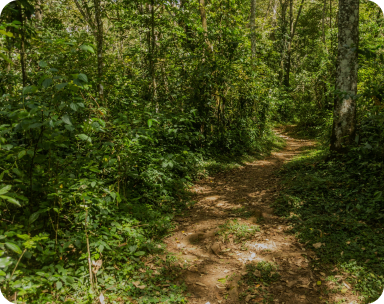
The Sacred Mijikenda Kaya Forests are a group of sacred forests located along the coastal region of Kenya, inhabited by the Mijikenda people. These forests hold deep spiritual significance for the Mijikenda community, serving as ancestral burial grounds, religious sites, and centres of traditional rituals and ceremonies. The Kaya forests are not only culturally significant but also ecologically important, containing rich biodiversity and unique ecosystems. They are home to a variety of plant and animal species, including rare and endemic flora and fauna found only in the coastal forests of East Africa. The Sacred Mijikenda Kaya Forests have been recognized as UNESCO World Heritage Sites for their cultural and natural significance. Efforts to preserve and safeguard these forests are essential for conserving biodiversity, protecting cultural heritage, and promoting sustainable development in the region.
Tsavo
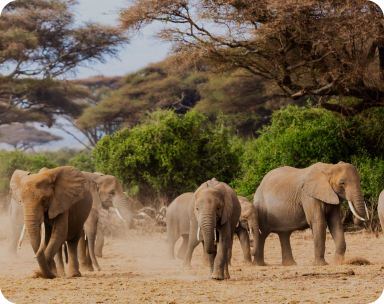
Tsavo National Park is the largest park in Kenya and is divided into two: Tsavo East National Park and Tsavo West National Park. Tsavo East National Park is one of the oldest parks in Kenya, located South East of Kenya near the Town of Voi in the Taita-Taveta District of Coast Province, inland from the Coast, it is 13,747 sq. km. The Tsavo West National Park is also located in the Coast Province of Kenya covering an area of 9,065 sq. km. The park was opened in April 1948. The parks can be accessed through several gates. Tsavo East can be accessed through Manyani Gate, Voi Gate, Buchuma Gate and Sala Gate. Tsavo West can be accessed through Mtito Gate, Man-Eaters Gate, Chyulu Gate and one other near Maktau. Some of the key attractions in Tsavo (Other than game safaris) include Mzima Springs, an exploration of the ancient lands of lions including caves, and a walk through the volcanic area. Tsavo is also full of various hotels and lodges so if you need accommodation, multiple options are available.
Chyulu Hills National Park
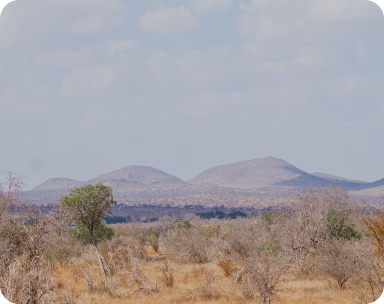
Also known as the Green Hills of Africa, Chyulu Hills are the perfect location for nature and adventure lovers. It’s a rugged wilderness still showing signs of its volcanic origins – and boasting some of the best views of Kilimanjaro. The reserve is a rugged jumble of ancient volcanic cones and craters, as well as the longest lava tube in the world. The hills are also home to various animals such as buffalos, elephants, leopards, giant forest hogs, bush pigs, reedbucks and giraffes along with various reptiles and insects.
Kisite Mpunguti Marine Park & Reserve
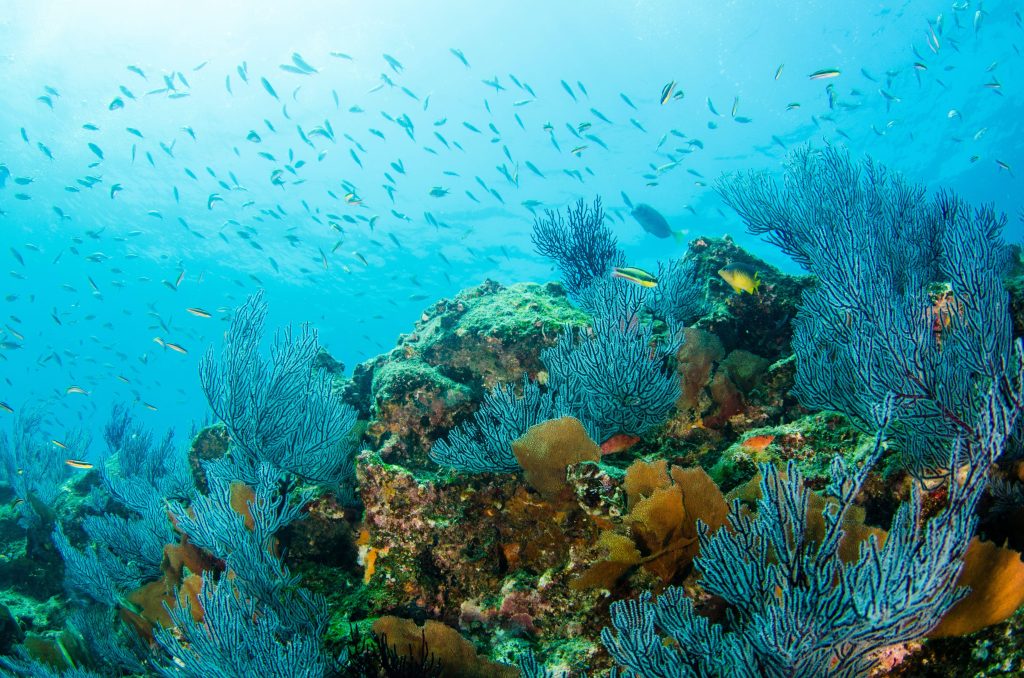
The Kisite Mpunguti Marine Park & Reserve is like stepping into an underwater wonderland! Imagine snorkelling through turquoise waters, surrounded by colourful coral reefs and curious fish darting around you. This marine park is a haven for marine life, with dolphins, turtles, and even whale sharks making appearances from time to time. You can hop on a boat tour to explore the park’s hidden gems, stopping at secluded islands for picnics and beachcombing. Don’t forget your sunscreen and camera – the sparkling waters and stunning landscapes are perfect for soaking up the sun and snapping Insta-worthy shots. And when you’re ready for a break, kick back with a cold drink at one of the beachside cafes, where the ocean breeze and laid-back vibes are the cherry on top of your coastal adventure.
Haller Park

Haller Park is a unique ecological restoration project that has transformed a former limestone quarry into a thriving wildlife sanctuary. Initially barren and desolate, the park is full of lush vegetation and diverse animal species, making it a prime example of successful habitat restoration and conservation efforts. Visitors to Haller Park can embark on guided tours to explore its rich biodiversity, encountering a wide array of wildlife along the way. From towering giraffes gracefully nibbling on acacia leaves to playful hippos lounging in tranquil ponds, there’s no shortage of fascinating creatures to behold. In addition to its wildlife attractions, Haller Park offers educational programs and interactive experiences aimed at promoting environmental awareness and conservation. The park is also home to the oldest tortoises in Kenya which can be seen wandering around.
Arabuko sokoke forest
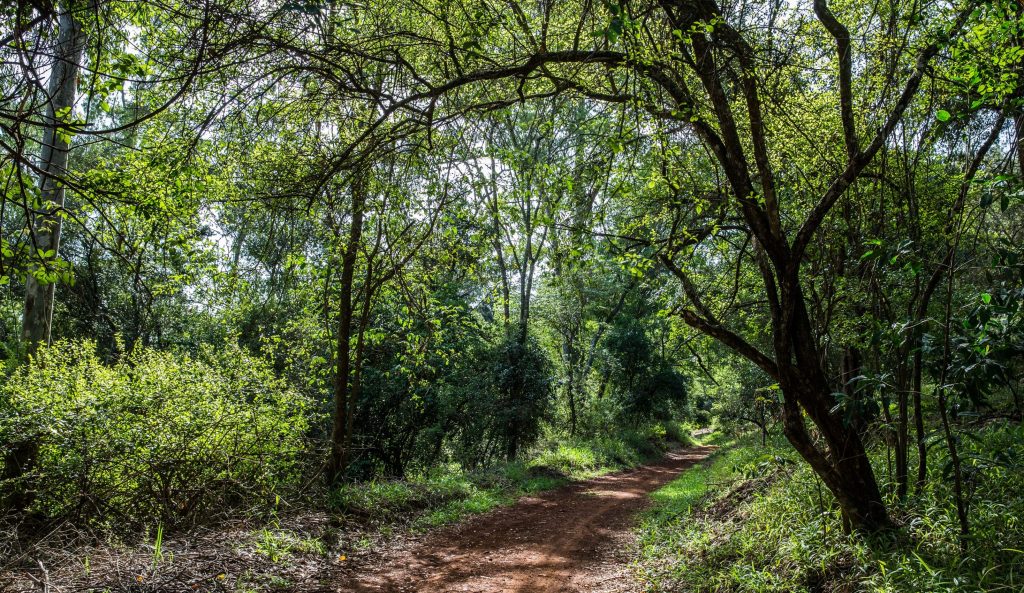
The Arabuko-Sokoke Forest is a tropical forest located on the Kenyan coast. Covering an area of approximately 420 square kilometres, it is the largest remaining tract of coastal dry forest in East Africa and is recognized as a UNESCO Biosphere Reserve. This forest is renowned for its exceptional biodiversity, with a rich variety of flora and fauna, including rare and endemic species. It is home to over 260 bird species, including the endangered Sokoke Scops Owl and the Amani Sunbird. Additionally, the forest harbours several mammal species, such as the Golden-rumped Elephant Shrew and the Ader’s Duiker. It is particularly known for its unique Afzelia africana trees and is a popular destination for eco-tourism and nature enthusiasts, offering opportunities for birdwatching, guided forest walks, butterfly watching, and photography. There are also several trails and viewpoints within the forest that provide visitors with a chance to explore its natural beauty.
Kuruwitu marine sanctuary
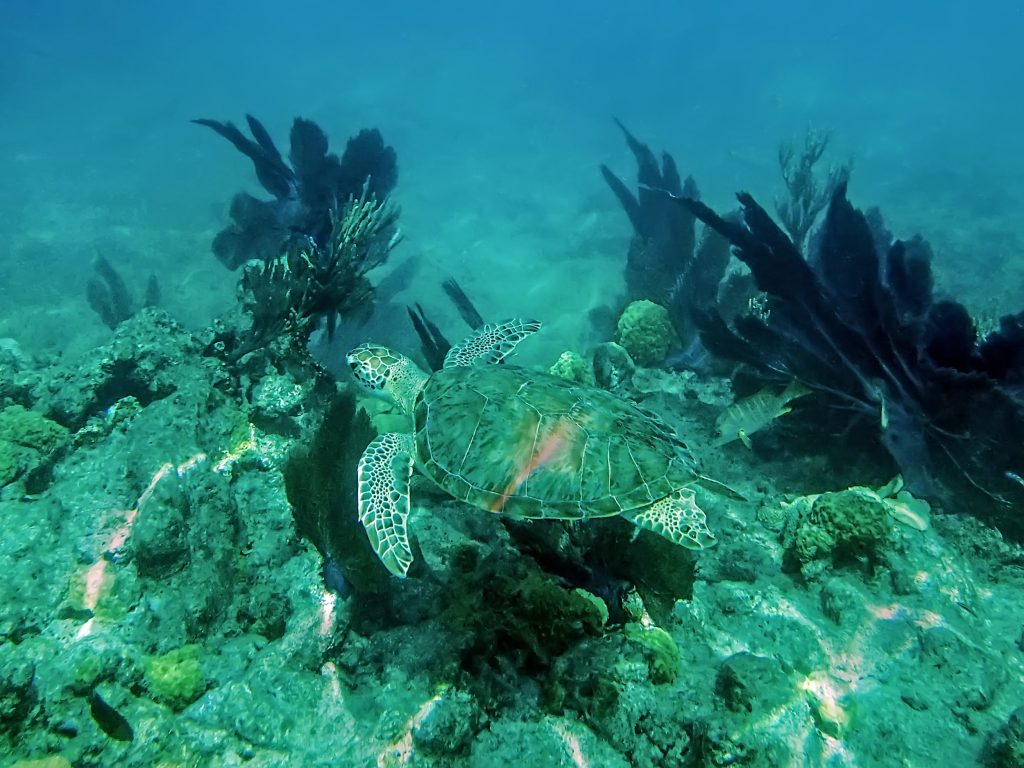
Kuruwitu Marine Sanctuary is a community-led conservation project located along the Kenyan coast near Watamu and Malindi. Established in 2005, the sanctuary aims to protect and conserve marine biodiversity while promoting sustainable livelihoods for local communities. The sanctuary encompasses approximately 30 hectares of coral reef, seagrass beds, and mangrove forests, making it a vital habitat for a diverse range of marine species. It is home to numerous fish species, sea turtles, crustaceans, and other marine life. One of the key features of Kuruwitu Marine Sanctuary is its community-based approach to conservation. Local fishermen and community members are actively involved in managing the sanctuary, monitoring marine life, and enforcing conservation regulations. Visitors to Kuruwitu Marine Sanctuary can enjoy snorkelling, diving, and boat tours to explore the vibrant coral reefs and marine ecosystems. Guided tours are also available, providing insights into the sanctuary’s conservation efforts and the importance of marine biodiversity.
Nairobi National Park
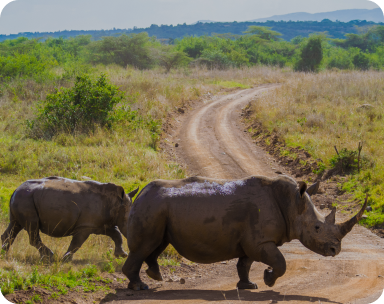
Located at the edge of Nairobi, the Nairobi National Park is a wonder. It is 117 sq km and hosts the world’s densest concentration of black rhinos as well as the big 4 (Lions, buffalos, leopards and rhinos), among others. For bird lovers, the National Park has over 500 bird species, including seasonal European migrant birds. The park also has other experiences such as the Nairobi Animal Orphanage which is located in the park and rehabilitates wild animals such as cheetahs, hyenas and birds such as parrots, cranes and ostriches, the Nairobi Safari Walk which is ideal for families with children. For food lovers, there’s no need to fret – the park has picnic areas and yes, these areas are well protected from monkeys.



